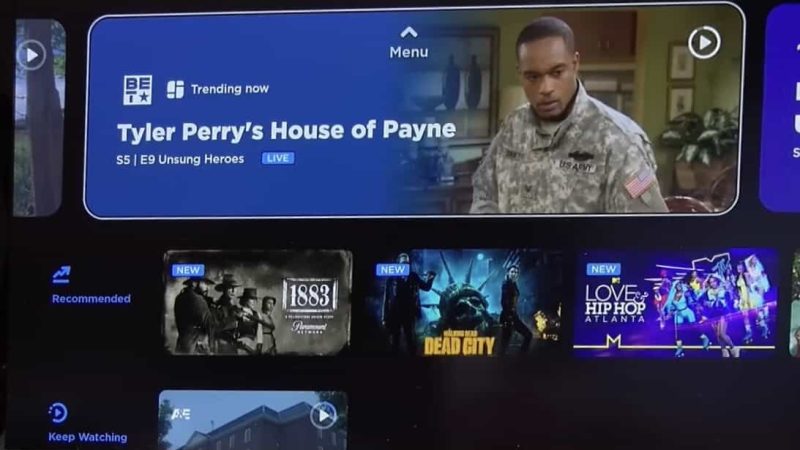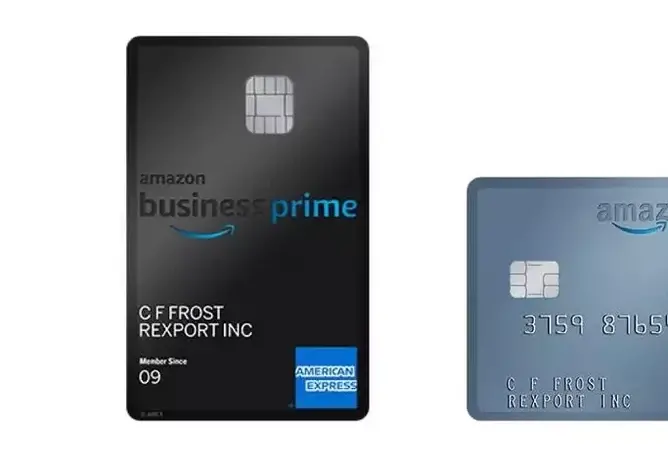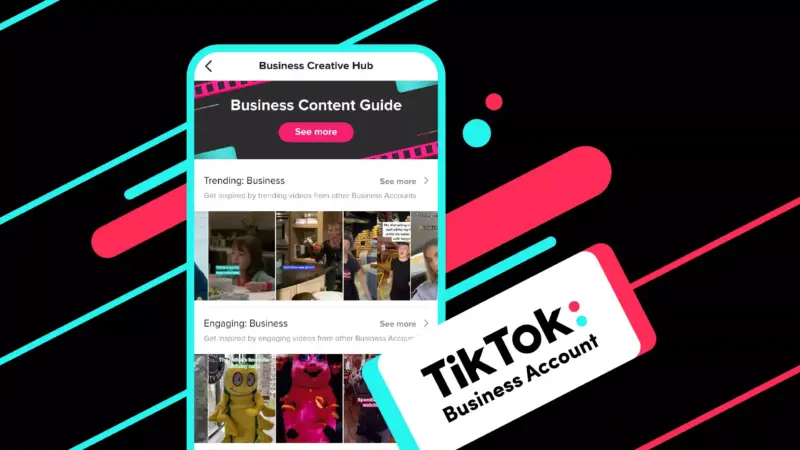How TikTok is Used

Welcome to the world of TikTok, a social media platform that has taken the world by storm. With over 1 billion active users worldwide, TikTok has become a cultural phenomenon and a household name. From dance challenges to lip-syncing videos, TikTok has revolutionized the way we consume and create content. But what exactly is TikTok? How did it come to be? And what does its future hold? In this article, we will explore everything you need to know about TikTok, from its history and usage to its pros and cons and future prospects. So sit back, relax, and let’s dive into the exciting world of TikTok!
What is TikTok?
TikTok is a social media platform that has taken the world by storm. It allows users to create and share short videos, ranging from 15 seconds to one minute in length. The app has become incredibly popular among young people, with over 1 billion active users worldwide.
What sets TikTok apart from other social media platforms is its focus on creativity and entertainment. Users can add music, filters, and special effects to their videos, making them more engaging and visually appealing. The app’s algorithm also promotes content based on user preferences, making it easier for creators to gain followers and reach a wider audience.
TikTok has become a cultural phenomenon, with viral challenges and trends spreading across the platform. From dance routines to comedy skits, there is something for everyone on TikTok. Its popularity has even led to collaborations between creators and mainstream celebrities.
Overall, TikTok offers a unique way for people to express themselves creatively while connecting with others around the world. Its addictive nature has made it a favorite among many young people, but as with any social media platform, there are both pros and cons to consider.
The History of TikTok
TikTok, the social media platform that has taken the world by storm, has a relatively short but fascinating history. The app was launched in September 2016 by Chinese tech company ByteDance, under the name Douyin. Initially, it was only available in China and was designed to be a platform for short-form videos set to music.
In 2017, ByteDance acquired Musical.ly, a popular lip-syncing app based in Shanghai. By merging Musical.ly with Douyin, ByteDance created TikTok as we know it today. The app quickly gained popularity among young people around the world and became one of the most downloaded apps on both iOS and Android devices. Today, TikTok has over 1 billion active users worldwide and is available in more than 150 markets and 75 languages. Its success can be attributed to its unique algorithm that recommends content based on user behavior and preferences.
Despite its rapid growth, TikTok has faced some challenges along the way. In 2020, former US President Donald Trump attempted to ban the app due to concerns over data privacy and national security. However, after several legal battles, the ban was ultimately blocked by federal judges. Despite these setbacks, TikTok continues to thrive and evolve as a platform for creative expression and entertainment.
How TikTok is Used
TikTok is used in a variety of ways, depending on the user’s preferences and interests. One of the most popular ways to use TikTok is by creating short videos that showcase talents, skills, or funny moments. These videos can be edited with music, filters, and effects to make them more engaging and entertaining.
Another way to use TikTok is by following other users and watching their content. This can be a great way to discover new trends, learn new skills, or simply enjoy some lighthearted entertainment. Users can also interact with each other by commenting on videos or sending direct messages.
TikTok has become a platform for social activism as well. Many users have used the app to raise awareness about important issues such as climate change, racial justice, and mental health. By using hashtags and collaborating with other users, they are able to amplify their message and reach a wider audience.
Overall, TikTok is a versatile platform that can be used for entertainment, education, self-expression, and social activism. Its popularity continues to grow as more people discover its potential for creativity and connection.
The Pros and Cons of TikTok
TikTok has become one of the most popular social media platforms in recent years, with millions of users worldwide. Like any other platform, TikTok has its pros and cons. One of the biggest advantages of TikTok is that it allows people to express themselves creatively through short videos. This can be a great way for individuals to showcase their talents and connect with others who share similar interests.
Another pro of TikTok is that it has become a source of entertainment for many people, especially during the pandemic when people were stuck at home. The app’s algorithm also ensures that users are exposed to content that aligns with their interests, making it easier for them to discover new things.
However, there are also some cons associated with TikTok. One major concern is the potential for cyberbullying on the platform. With so many users and so much content being shared, it can be difficult to monitor all interactions and ensure that everyone is behaving appropriately.
Additionally, there have been concerns about privacy on the app, particularly regarding data collection and sharing. While TikTok has taken steps to address these issues, it’s important for users to be aware of what they’re sharing and who may have access to their information.
Overall, while there are both pros and cons associated with TikTok, it remains a popular platform that offers unique opportunities for creativity and connection. As long as users remain mindful of potential risks and take steps to protect themselves online, they can enjoy all that TikTok has to offer.
TikTok’s Future
As TikTok continues to grow in popularity, it’s natural to wonder what the future holds for this social media platform. One thing is certain: TikTok isn’t going anywhere anytime soon. With over 1 billion active users worldwide, TikTok has become a cultural phenomenon that has captured the attention of people of all ages.
Looking ahead, we can expect to see even more brands and businesses jumping on board with TikTok marketing campaigns. As the app’s user base continues to expand, so too will its potential for advertising and monetization. We may also see new features and tools introduced that make it easier for creators to produce high-quality content and connect with their audiences.
Of course, there are also challenges that lie ahead for TikTok. The app has faced criticism over issues such as data privacy and inappropriate content, which could impact its reputation and user trust if not addressed properly. However, with its dedicated team of developers and moderators working tirelessly behind the scenes, there’s reason to believe that TikTok will continue to evolve and adapt in response to these challenges.
Overall, the future looks bright for TikTok. Whether you’re a casual user or a brand looking to tap into its massive audience, there’s no denying that this app has become an integral part of modern social media culture.
Conclusion
In conclusion, TikTok has become a cultural phenomenon that has captured the attention of millions of people around the world. Its unique blend of short-form videos, music, and user-generated content has created a platform that is both entertaining and addictive. While there are certainly pros and cons to using TikTok, it is clear that this app is here to stay. As we look towards the future, it will be interesting to see how TikTok evolves and adapts to changing trends and user preferences. One thing is for sure – TikTok has already left an indelible mark on our culture and will continue to shape the way we consume media for years to come.






